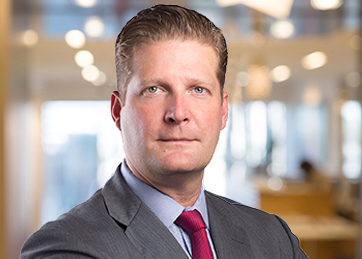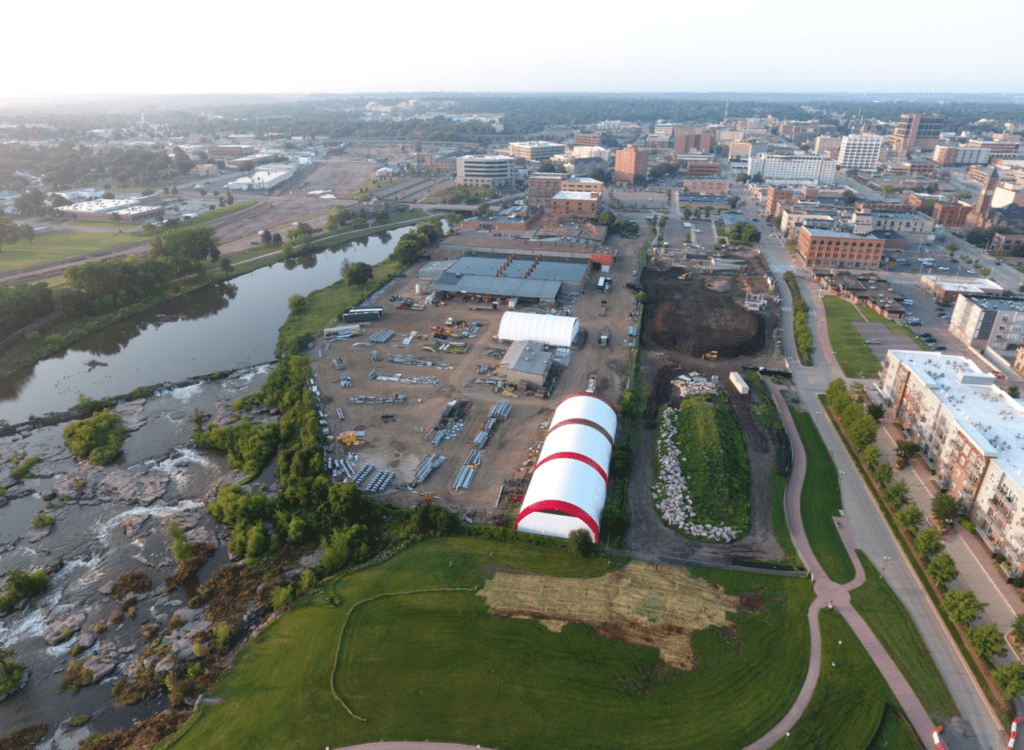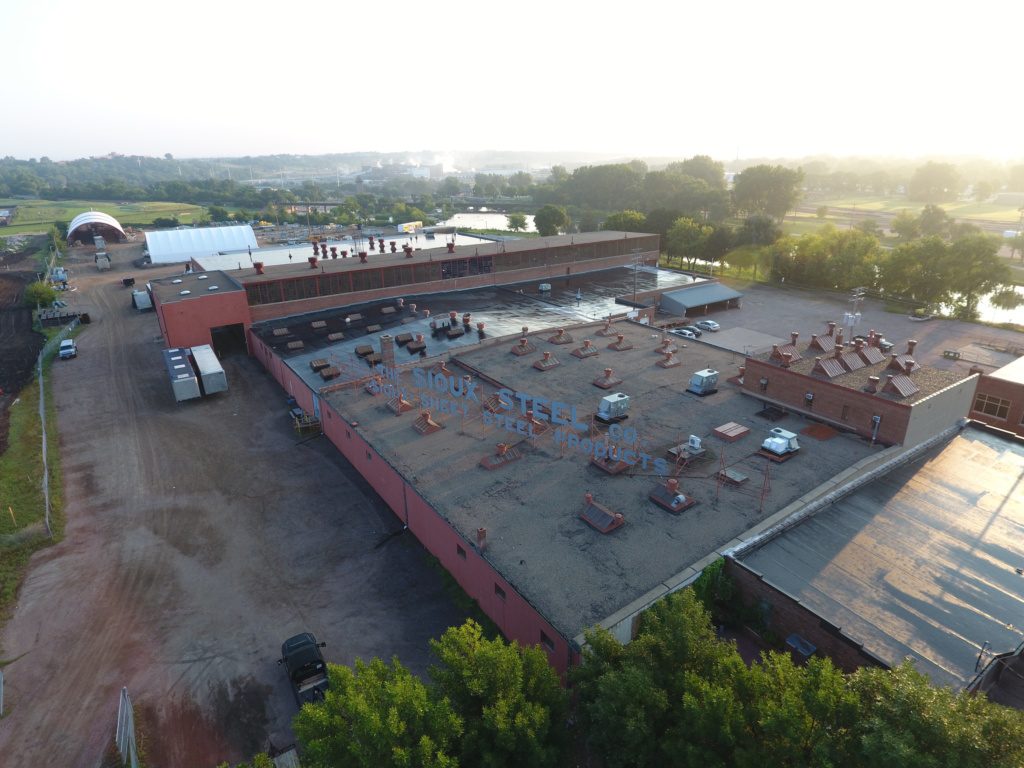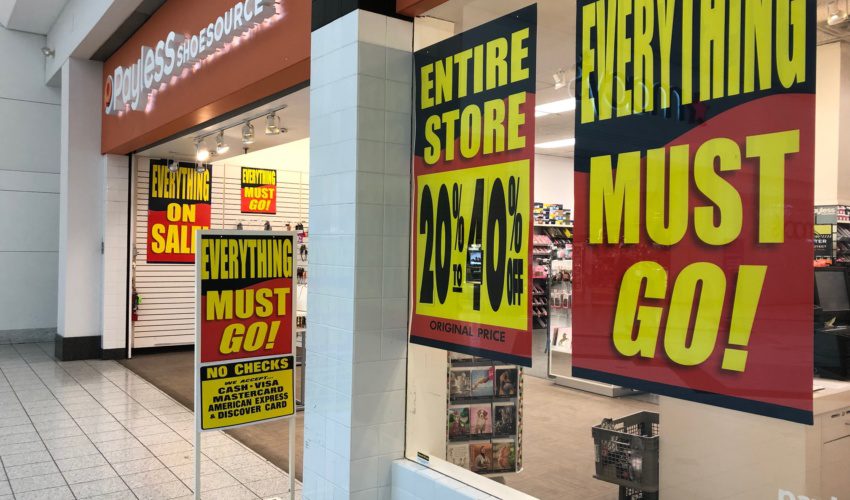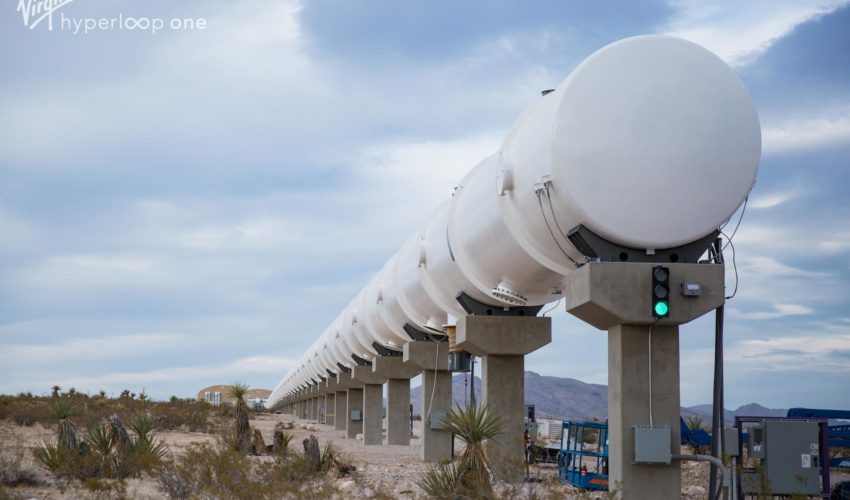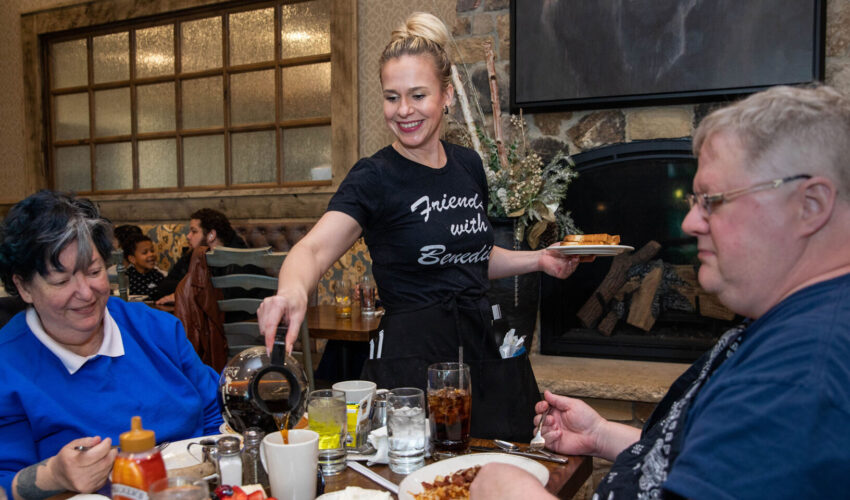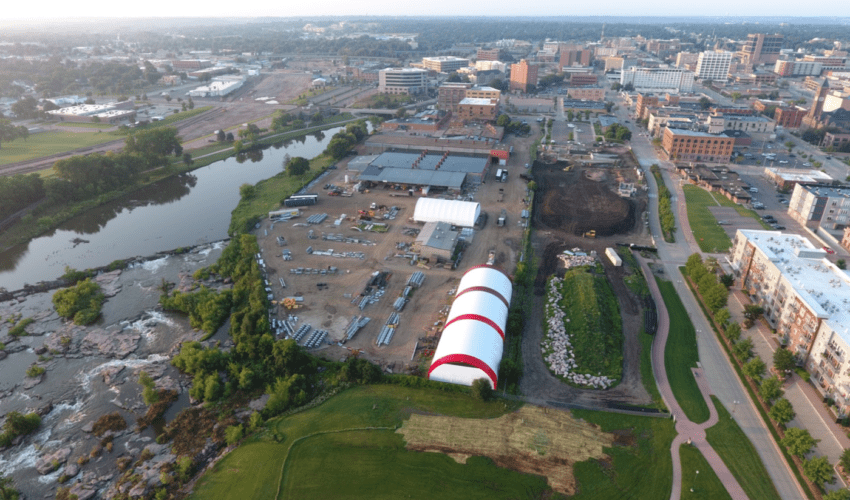Jodi’s Journal: Lessons from lost Amazon deal apply to downtown redevelopment
March 31, 2019
I had a really interesting conversation a couple of months ago, and now I know why it has taken me so long to write about it.
It was with Tom Stringer, the national head of the site selection and business incentives practice for BDO, a business consulting firm.
BDO is one of the world’s largest business advisory networks, so when Stringer’s representative reached out to compliment a column I’d done that quoted him, it was a fun and unexpected moment.
He was talking about this column, where I wrote about Amazon’s decision to locate 50,000 jobs in New York and Washington, D.C., with an additional 5,000 going to Nashville.
Amazon’s choice, Stringer had told The New York Times, “only reaffirms and cements the idea that we have two countries right now, the coasts and the interior.”
“There’s a herding instinct,” he continued. “People in creative fields — medical research and technology, law, financial services — they all want to be in the same mix. That’s what makes them good. And for companies, their value-added quotient is rare, and it’s what everybody wants.”
Now, ever the reporter, could I just reply to the email with a thank you and drop the conversation? Oh no. I responded, thanked the representative and told him if his boss ever felt like talking about business prospects for Sioux Falls to let me know.
You never know. It’s always worth the ask.
And in this case, the answer came back faster than I anticipated. A call with Stringer was scheduled days later, and the Sioux Falls Development Foundation helped me provide some background by sending me numerous materials on our city.
As I suspected, Stringer hadn’t heard much about Sioux Falls before that. He seemed to remember it sometimes showing up on lists of potential locations for back office operations, but it never progressed to a site visit.
After reviewing information about the market, though, he had good things to say without prompting.
“I was really impressed,” he said. “I spent some time going through and doing my own data and demographic research, and what I found in terms of success and how folks were talking about downtown and redevelopment, and the stakeholders who bought in, that’s kind of the secret.”
“Based on what I’ve seen, your problems are much less than others. What you’re doing is successful and working right now,” he said. “That doesn’t mean you can’t expand the pot of companies you’ll be recruiting, but you’re farther ahead than a lot of folks right now, which is a very good first step.”
The only drawback is the population size, he added, and a corresponding low unemployment rate, which can be daunting to a prospective employer needing to fill hundreds or thousands of jobs.
Because it’s a perennial topic of discussion and debate, not just here but in most places, I asked him about what types of incentives a community like this might need to offer
“Sioux Falls would not nearly have to have the type of incentives that New York City has because the costs are off the Richter scale in New York or California. I think lower-cost jurisdictions can be judicious about what they spend, but they still have to put something on the table. It’s critical to the analysis and the decision-making. The answer can’t be ‘nothing,’ or that’s going to be a strike.”
Bob Mundt, president of the Sioux Falls Development Foundation, agreed.
“You have to be open-minded to it. Incentives are part of the playing field. If you don’t offer them, you decrease your chances of success,” he said. “I don’t think you necessarily have to sell the farm for what we need, but you do need to play the game. Here in South Dakota, we have limited incentives. Statewide, we have a couple programs, locally we have our tax incentive programs, but we don’t have a lot of tools necessarily to play with.”
Stringer encouraged us to look to communities such as Austin, Boston and Nashville, cities that “20, 25 years ago were on no one’s radar. They figured out their value proposition and what their lifestyle and culture was, and they either ran with it or the government didn’t get in the way of what was happening, and that’s real important.”
So back to why I felt the timing was perfect to share this insight with you today.
Last week brought two critical announcements for the future of downtown Sioux Falls.
First, the city announced plans to negotiate directly with developers interested in purchasing all or part of the downtown rail yard. This should allow some activity to move forward potentially as soon as this year and sets the stage for many years of redevelopment on this property.
Then, the owners of Sioux Steel announced Lloyd Cos. has been chosen to redevelop its century-old downtown property. This is an incredible opportunity to deliver a development in an unparalleled setting, the scale of which this community hasn’t seen.
I don’t think I’m overstating this to say that these two properties represent our version of an Amazon headquarters. It’s our game-changing opportunity to attract talent by building on the vibrancy that already is happening downtown.
The projects that can be created here also likely won’t happen without some cooperation between the public and private sectors – whether it’s in the form of land sales, tax increment financing or use of sales tax revenue to enhance the riverfront. Maybe all of the above. And I believe as a community we need to be open to those partnerships because these are opportunities. Not guarantees.
Shortly after I talked with Stringer, Amazon backed away from plans to build in the New York City market. This was the company’s statement of explanation:
“For Amazon, the commitment to build a new headquarters requires positive, collaborative relationships with state and local elected officials who will be supportive over the long term. While polls show that 70 percent of New Yorkers support our plans and investment, a number of state and local politicians have made it clear that they oppose our presence and will not work with us to build the type of relationships that are required to go forward with the project we and many others envisioned in Long Island City.”
There, of course, is a back story here with multiple sides to it, and I’m not in any position to know who or what exactly is to blame for this deal falling apart. By many accounts, the decision involved a clash over incentives tied to the project.
But I do know those jobs would have been a net gain to that city and that maximizing the level and quality of development on these downtown properties will be the same for ours. So if we mean what we say when we talk about our need to grow the population and specifically the workforce, we have to be open to pairing public investment with private.
I asked Stringer about what that coveted 21st century workforce looks for, and this was his response:
“I don’t want to just say ‘downtown’ because everybody thinks if you put up a couple foosball tables in an incubator and have a brewery that we’ve revitalized downtown. It’s not that at all,” he said.
“It’s more subjective. It’s an atmosphere and creating a culture and an ecosystem. You know it when you see it, and you know it when it’s not there, and you can see that by looking at the demographics of the workforce.”
He looks at whether graduates of large universities are sticking around town and starting businesses, for instance.
“And you don’t have one (a large university), which makes it all the more impressive,” he said. “But are they sticking around, failing four or five times, and sticking around until they hit it? That’s what you want to see. Is there fun nightlife and high-end restaurants? That’s attractive to people in their 40s and 50s.”
When you think about where people go for all of these things – from dining to nightlife to networking with others – downtown is it. And these new developments have the potential to escalate that to an even greater level.
Before the rest of the country even took notice, things were going in places such as Austin and Nashville 20 years ago, Stringer said, “that you had to be walking on the street to feel. You had to be in the business community to see it and feel it.”
I think there is an energy unlike ever before throughout this community, especially downtown, and with the right leadership and vision, we’re approaching an unprecedented chance to capitalize on it.

